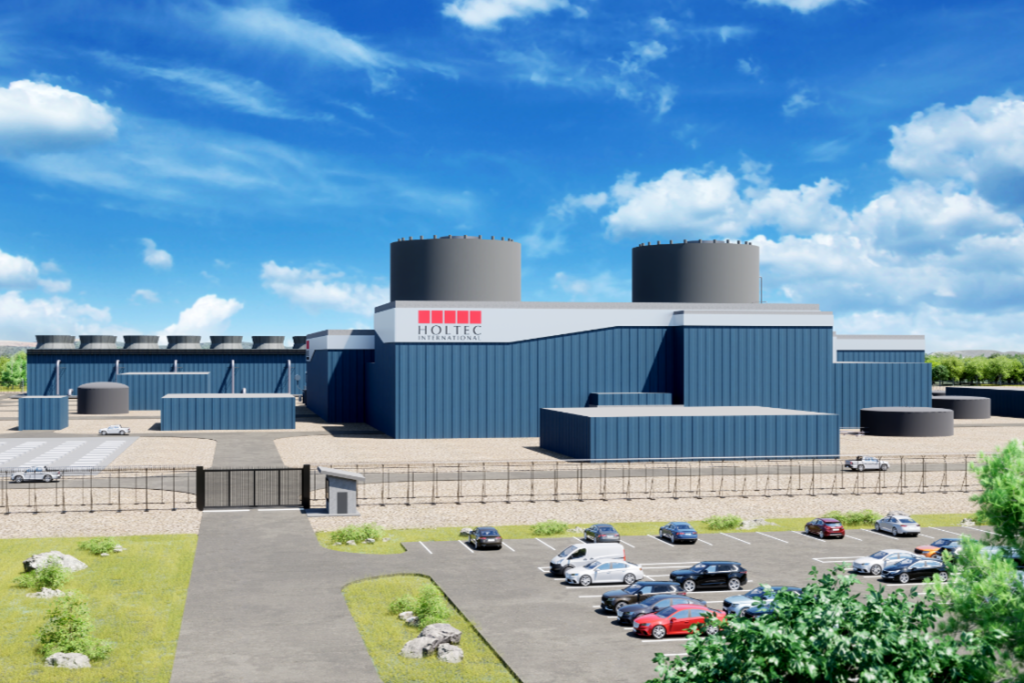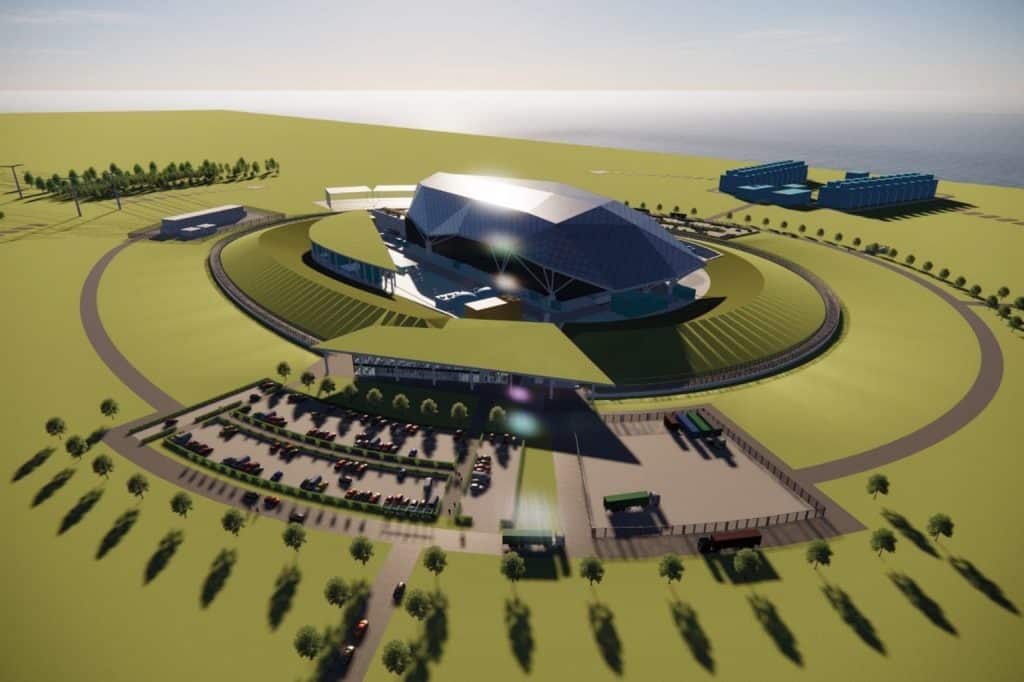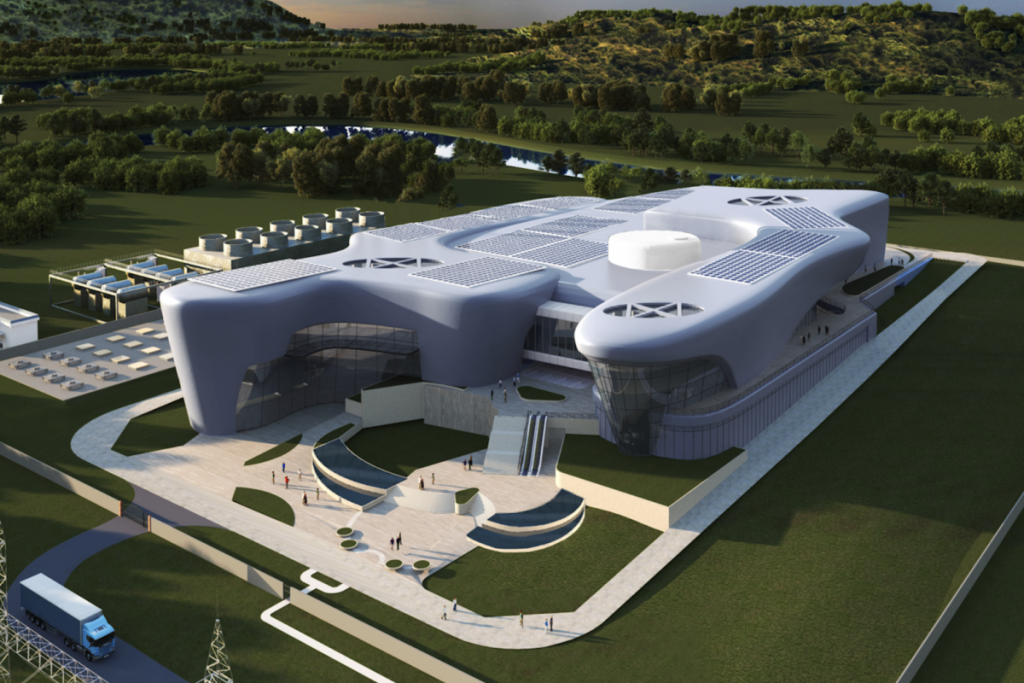Mott Macdonald to support Holtec Britain in delivering SMRs in UK

This post was originally published on this site

Mott MacDonald has been appointed to the role of delivery partner for the assessment phase of the international nuclear firm Holtec’s new small modular reactor (SMR), the SMR-300.
Meanwhile, the SMR-300 design is now undergoing Generic Design Assessment (GDA) by the Office for Nuclear Regulation, along with the Environment Agency and Natural Resources Wales.
GDA, which is undertaken by the UK’s nuclear watchdog, forms part of the approval process for nuclear reactor designs.
The Department for Energy Security and Net Zero made the request to the regulators following its readiness review of the Holtec International application. The UK government has awarded £30M to Holtec Britain to help it see the SMR-300 through the first two phases of the GDA process.
During the GDA process, the watchdogs will assess the safety, security and environmental implications of the new reactor design and provide the confidence that it is capable of meeting the UK’s statutory regulatory requirements.
The process will also look to actively explore opportunities to maximise the value of international regulatory collaboration and identify efficiencies in processes.
While this is ongoing, Mott Macdonald will provide safety, engineering, environmental and regulatory support to Holtec Britain for the assessment of the SMR-300 reactor.
According to the engineering firm, starting the GDA assessment is a major milestone towards Holtec’s ambition of deploying a fleet of SMRs in the UK by 2050. Pending approval, Holtec Britain aims for the first to be operational in the UK in the early 2030s.
The reactors are the size of two football fields, with production capacity of 300MWe per unit. Holtec’s design features an advanced Pressurised Water Reactor.
Alongside Mott MacDonald, Holtec’s team for developing the SMR-300 in the UK features global alliance partners Hyundai E&C (Seoul, Korea) and Mitsubishi Electric (Kobe, Japan).
Separate to the GDA process, Holtec Britain has also entered Great British Nuclear’s SMR competition. The winner is to be announced next year and will see the government support the technology for deployment. Holtec says that if it is the winner it is planning to locate a factory to build the major mechanical SMR components and other aligned areas of business (clean energy and defense) to support deployment of more than 5GW of on-grid UK electricity by 2050.
SMRs are nuclear fission reactors designed to be built at a smaller size, but in larger numbers than the world’s current nuclear fleet. They are cost competitive and considered to be more versatile, scalable, sustainable, financeable, and efficient. With wider-ranging applications such as generation of industrial heat and hydrogen production, they are well placed to help the UK government achieve its ambition of generating 24GWe of nuclear capacity by 2050.
Commenting on the appointment, Mott MacDonald Nuclear technical excellence lead Ming Tan said: “Mott MacDonald has a proven history of successfully delivering major nuclear projects in the UK for over 50 years. We are confident that the technical excellence and experience of our engineers and scientists will guide Holtec through a successful GDA, ensuring this Small Modular Reactor technology can help deliver a more secure and lower carbon energy future for the UK population.”
Holtec Britain director Gareth Thomas said: “We are pleased to have started GDA after planning the project for over 18 months, and are now building a large team of qualified engineers based out of our new office in Bristol, UK. In parallel we are advancing project delivery plans with our Global Team, unrivalled in nuclear power plant deployment experience.”
UK minister for Nuclear Andrew Bowie said: “As the Government that revitalized the UK nuclear industry, committing public funds to nuclear for the first time in a generation, we’re rapidly expanding our nuclear power capacity to move towards a cleaner energy mix and help deliver net zero. Today’s news represents a multi-million investment to develop cutting-edge technology which could transform how power stations are built by making construction faster and cheaper.”
Like what you’ve read? To receive New Civil Engineer’s daily and weekly newsletters click here.





Responses